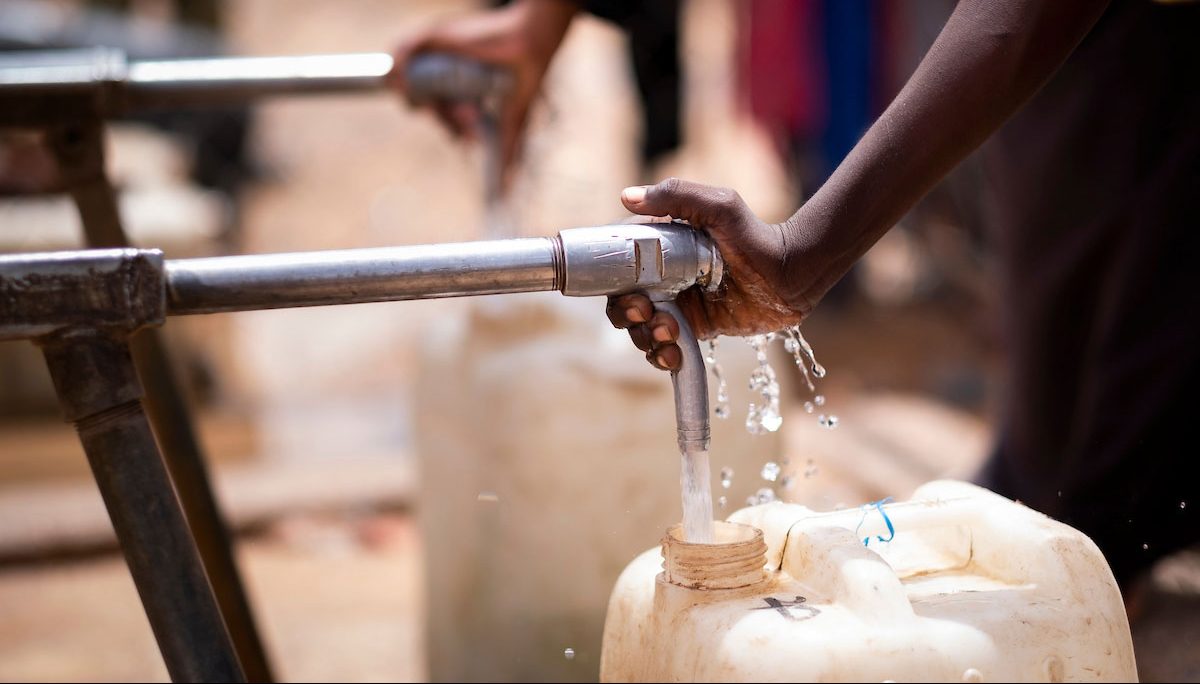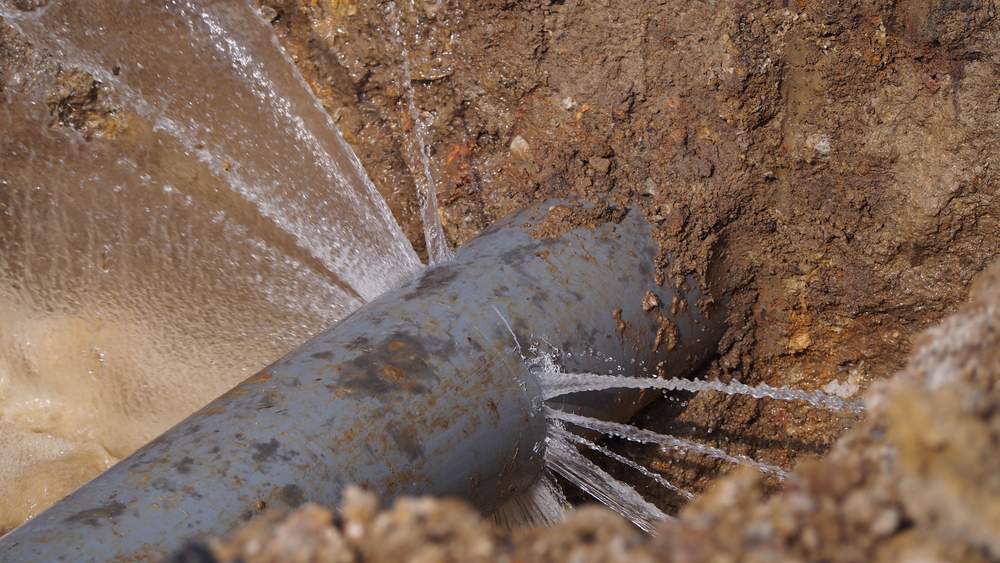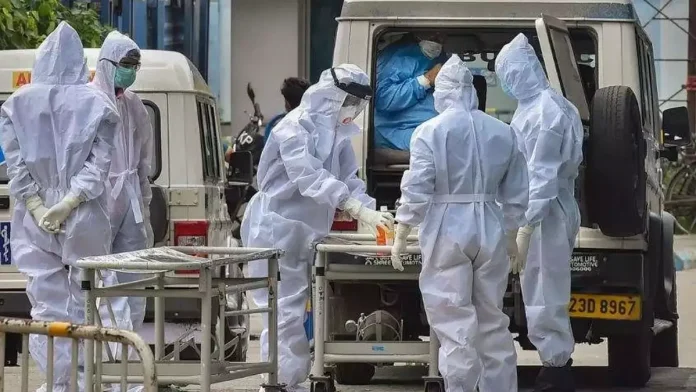- The pandemic brutally exposed the glaring fault lines in the country’s creaking healthcare infrastructure when scores of people were infected with the deadly virus. The heartbreaking visuals of people gasping for breath for want of oxygen, medical care, lack of beds, and dearth of medicines will make most of us cringe/shudder even now as the devastation unfolded in front. Of course, the Union Government acted swiftly to address the anomalies in the best way possible by provisioning the requisite requirements. Nonetheless, the inadequate infrastructural issues bogging the healthcare sector were laid bare. In hindsight, the lack of foresight and meager fund allocation to such a vastly populated country could hardly be considered sufficient.

PC: News Arena
- What are the lessons learned post-pandemic then? It can be safely said that the work is in progress and much needs to be accomplished. Since the pandemic days, the country has witnessed a few health crises and is presently witnessing a neurological disease outbreak in a major city like Pune starkly exposing the vulnerability of our healthcare system. Pune’s Guillain-barre Syndrome (GBS) outbreak is a scary reminder of how poor government services can create a public health emergency. We haven’t learned lessons yet. GBS, a neurological disorder, is triggered by certain bacteria and viruses. In Pune, the culprit was Campylobacter jejuni which made its way into the water supply – tap water from a well that did not undergo adequate treatment.

PC: Relief International
- It’s worth mentioning that contaminated water is a national problem. As extensively reported, in J&K’s Rajouri, the unexplained deaths of 17 people may also have a contaminated drinking problem. A final report is awaited. But initial findings point to a spring with traces of toxins such as carbamates, organophosphorus, and cadmium. In Dec, Chennai saw three deaths due to possible drinking water contamination in an area with a long history of piped water supply. Increasing piped water supply is not the only challenge confronting govts. Safe, potable water is no guarantee when supply is through old pipes that run next to sewage lines. GOI schemes like Jal Jeevan that aim to increase piped water supply can’t guarantee a supply of safe water.

PC: Lined Pipe Systems
- Reasons include poor infra, inadequate treatment, and unchecked water pollution. Therefore, govt’s focus must shift from just quantity (number of piped connections) to quality (purification and integrity of supply). Sadly, most Indians are faced with one of two outcomes – no piped water or contaminated piped water. As for groundwater, used by 80% of Indians as the primary water source, contamination is common in most districts in the country. Toxicity in groundwater comes from metals such as arsenic, iron, cadmium, chromium, and uranium. India’s water quality problem is part of a larger problem of govts’ attention deficit when it comes to supplying basic services to citizens who can’t afford private solutions. The health sector needs more attention.






